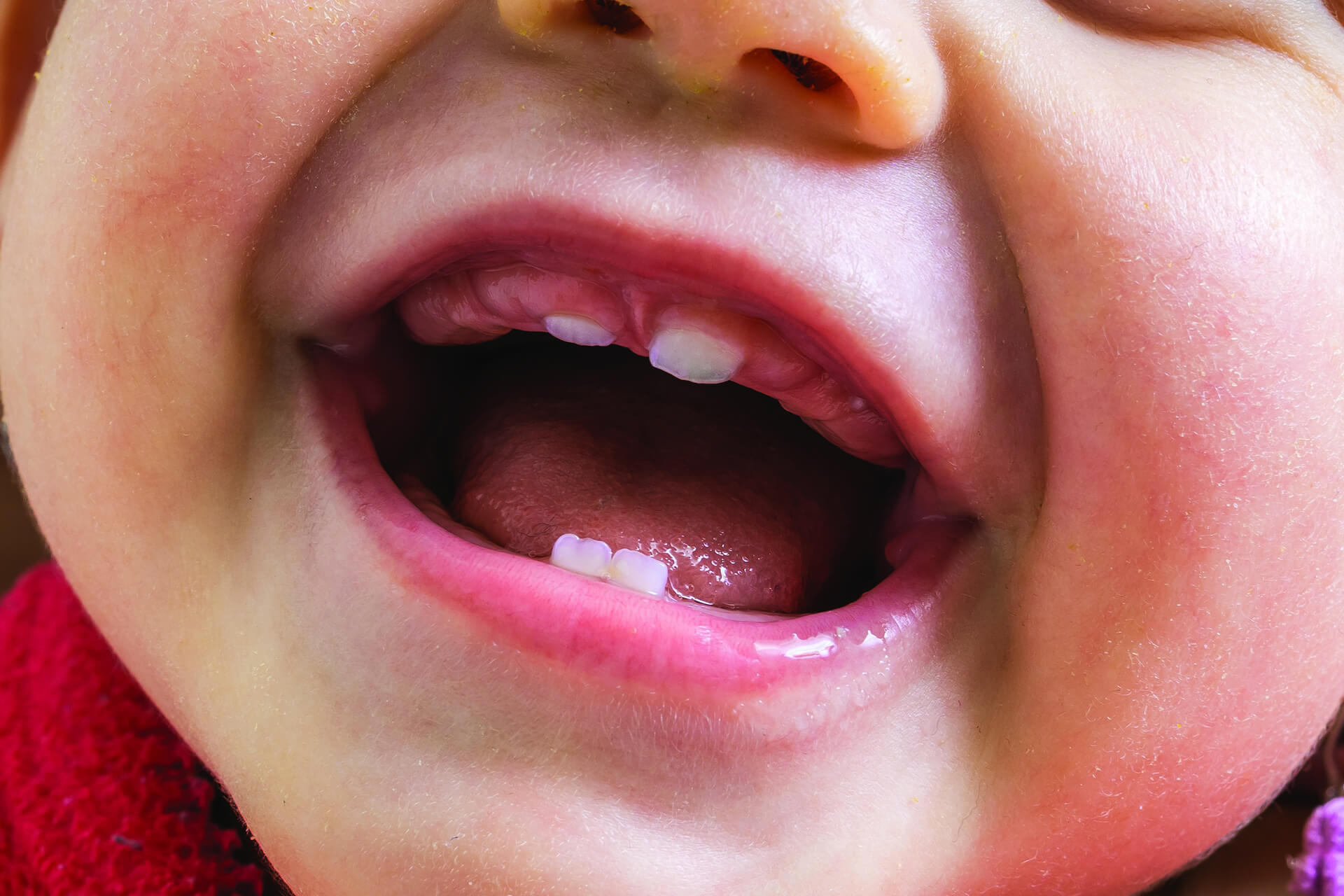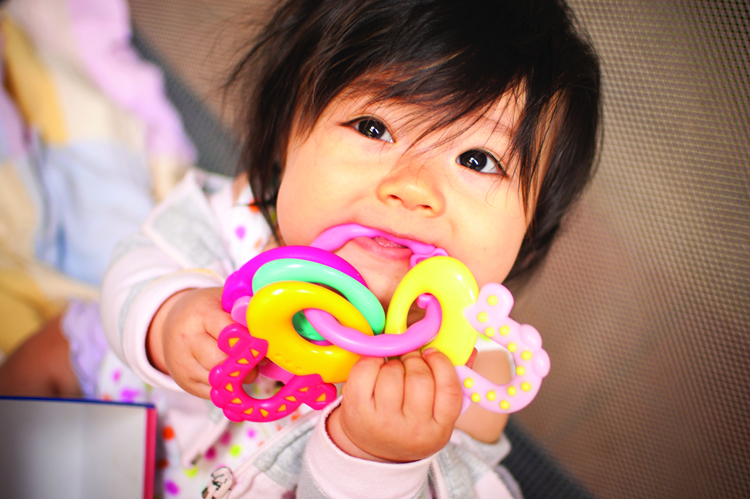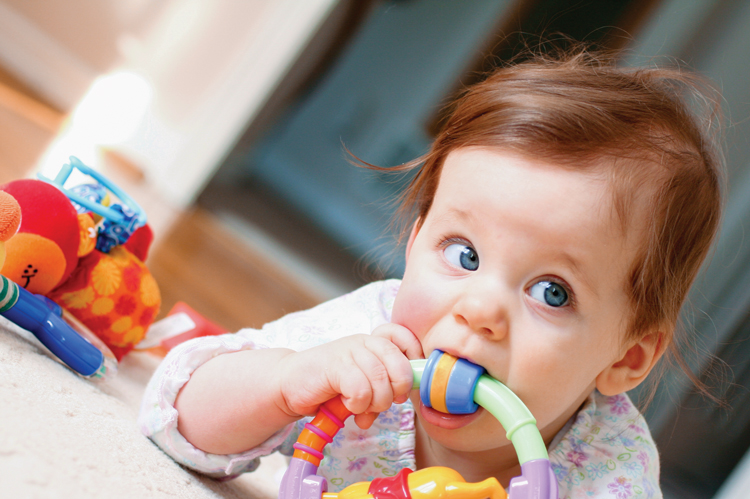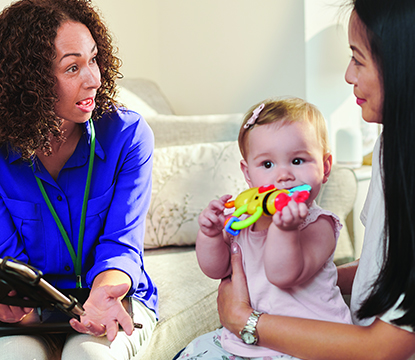Teething is a natural process that babies go through, and it can be a challenging time for both babies and parents.
Every baby is different, so there is no set time for when teething will happen. Some babies may start teething as early as 4 months, while others may not have any teeth by their first birthday. Typically, teething occurs between 6-12 months of age.





